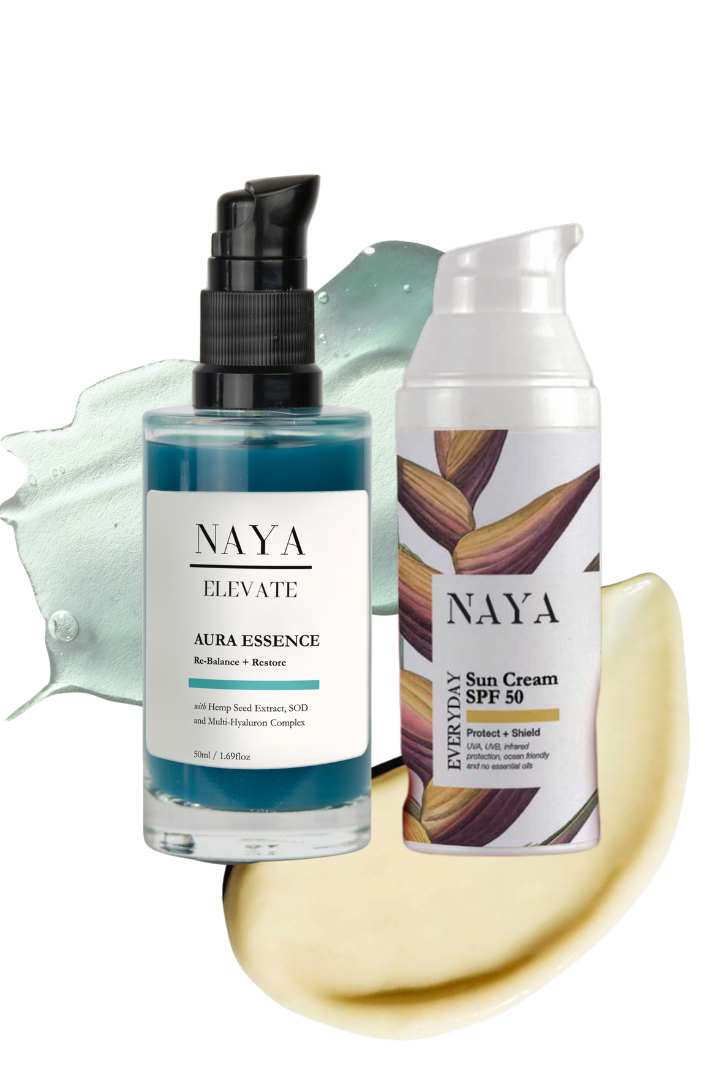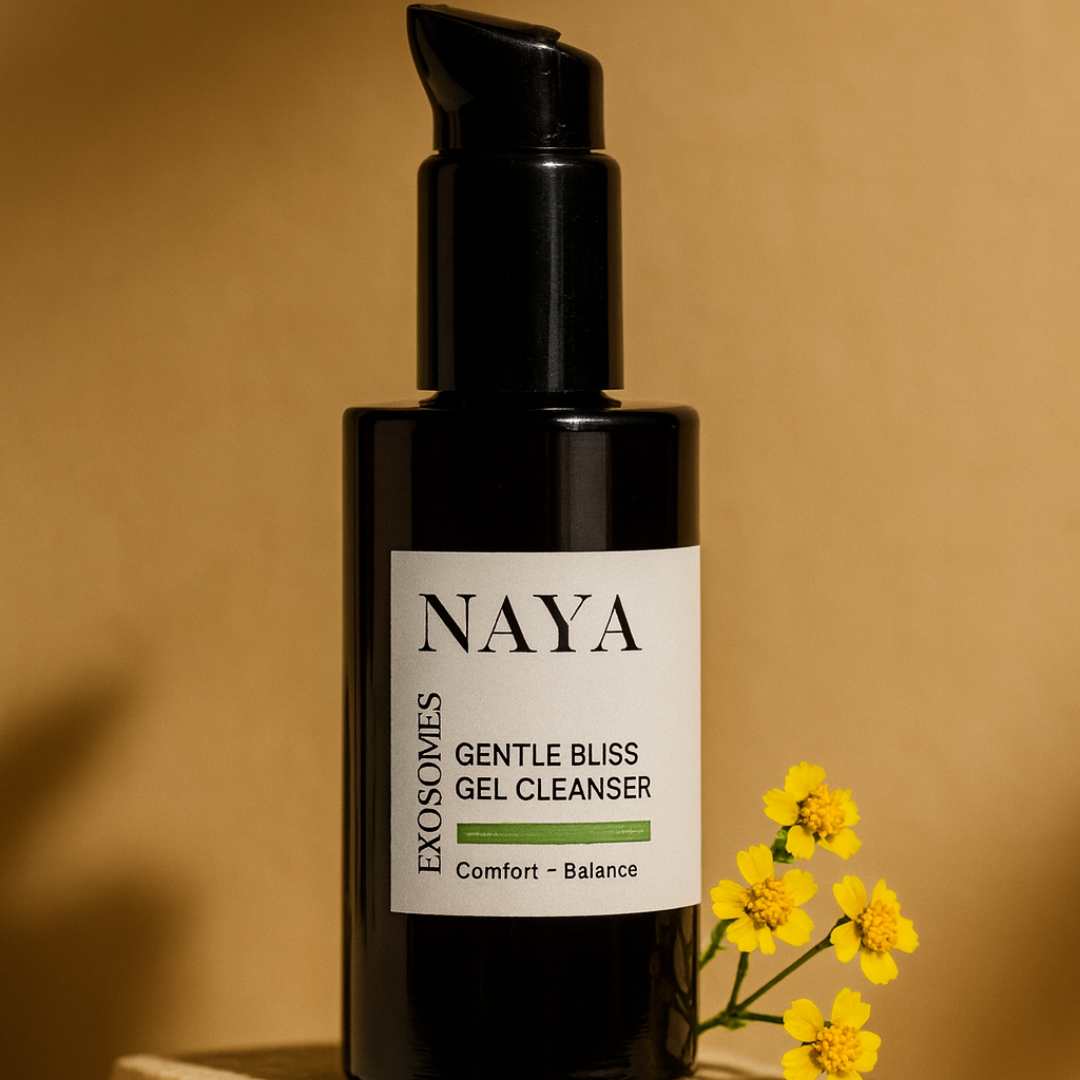Tamanu Oil vs. Cacay Oil: Discover the Best for Your Skincare
Cacay Oil
Hello ! And welcome back to our mini series during which we outline similarities of Cacay Oil and to other known oils in the market.
During this post, we will outline some of the similarities, some differences and Cacay Oil properties vs Tamanu Oil.
Compare Face Oils: Cacay Oil vs Tamanu Oil
The Tamanu tree, which flowers twice a year, grows on the beaches of French Polynesia and the Indian-Pacific Rim. The fruits taste like apples, and inside is a core that should dry for two months. The produced oil is cold pressed to win the Tamanu oil which is also known Kamani. To produce 1 kilogram of Tamanu oil, you need 20 kilograms of fruit. Thus one considers this oil to belong to the group of expensive and luxurious oils.
After blossoming, tamanu seed pickers place the seeds in a moisture-free area. Here, the sun dries them out over an eight week period. This causes the seed to ooze sticky oil.
The dry seeds are mechanically cold-pressed to secrete the oil. For the best quality oil, natives pick kernels from trees closest to the saltwater-misted coast. That makes the Republic of Vanuatu a haven to harvest unfiltered seeds. The soil in Vanuatu is rich with unique nutrients that allow tamanu seeds to produce highly therapeutic oil. Tamanu oil has a dark green colour, in comparison Cacay has a golden glowing colour.
Cacay is indigenous to South America and found in the Amazon. We are working directly with indigenous communities in Colombia to source our ethically and sustainably sourced ingredients.
Linoleic Acid: Cacay Oil vs Tamanu Oil
Cacay is a wonderful oil as it is high in Linoleic Acid (Omega 6). Cacay Oil can contain more than 70% of Linoleic acid. You can review the results of our Oil on our Science page. Due to its high level of Linoleic Acid, it makes it a very good oil for all types of skin including blemish prone skin or people that suffer from acne. Due to recent studies, it has been identified the reason why some suffer from blemish or acne is due to their deficiency in linoleic acid which helps to reduce inflammation and decongest pores. Thus, Cacay Oil being extremely high in Linoleic Acid is suitable for all skin types. In comparison to Tamanu, Tamanu Oil has around 4-9%, Cacay is much higher. Each of our batches gets tested so that we can ensure that Linoleic acid remains high.
Linoleic Acid, or Vitamin F, provides moisture and “plumpness” without weighing down the skin; it fortifies and protects the skin’s barrier.
Compare Oleic Acid levels: Cacay Oils vs Tamanu Oil
Most people prone to breakouts are actually lacking Linoleic Acid in their sebum, the skin’s natural oils, and instead have an overabundance of Oleic Acid, a Omega-9 fatty acid that helps the skin lock in and retain moisture but can easily get trapped in pores when not properly balanced with Linoleic Acid. Oleic Acid is quite rich, often leading to excess oil for people with acne-prone skin, Linoleic Acid is much thinner and lighter, and therefore suitable for those with oily/acne-prone skin. Oleic Acid (Omega 9) can be found in Tamanu in very high-levels up to 70%, in comparison to Cacay, where it is around 10%-14%. If you tend to have normal to dry skin, you can use oils rich in Oleic acid. However, if you tend to have combination to oily skin, you should consider oils are high in Linoleic Acid such as our Cacay Oil.
Compare Vitamin E levels: Cacay Oil vs Tamanu Oil
In comparison, Cacay is rich in Vitamin E making it a very stable oil. Tamanu oil contains a large proportion of mono-unsaturated fatty acids and natural antioxidants. As said above, it can be classified as a high-oleic acid (70-78%) with relatively low tocopherol content. However, Tamanu is still a very stable oil thus it has been suggested to be due to its fatty acid composition. (Burger et al, 1987; Eromosele & Paschal, 2003; Glew et al, 2004; Houghton, 1999). As Cacay is such a stable oil, Cacay has also a long shelf life. And does Tamanu oil.
Transepidermal Water Loss: Cacay Oil vs Tamanu Oil
Tamanu oil rich in fatty acids exhibits moisturising, hydrating and occlusive properties. As the oil is non-irritating and provides a moisturising effect with moderate prevention of transepidermal water loss, average moisture retention properties and noteworthy occlusive effects, its inclusion in cosmetic products based on its traditional use may be justified depending on the application. Similar findings can be applied to Cacay. In our Independent Scientific Clinical Study (a 21-subject randomised trial conducted in 2018), we learned that 10% Cacay Oil improved skin surface hydration in 100% of participants in one application only and it demonstrated gradual increase of hydration (moisturisation of the skin) throughout the day without re-applying leading to a conclusion to reduce transepidermal water loss.
Conclusion
Both oils are beautiful and it is based on your skin needs. To us, it is important to not only produce high-quality and effective skincare products to transform one skin at a time. At NAYA, #sustainabilitymatters It is important to look back where and how we source our ingredients from. It is about being transparent and invest into communities. Making us different and unique. We work directly with farmers to source our Cacay oil, ultimately supporting the conservation of land. Our farmers use organic fertilisers, pick cacay nuts from mature trees – thus making our Cacay Oil unique ! We urge you to search out those companies that work hand in hand with their producers instead of feeding a vicious circle.
Try our own Cacay oil in our Everyday Face Oil to see the benefits in action. As our customers say ‘Love at first try’ ! And read our Cacay Oil reviews.
Shop our story
Cacay Oil + A
Everyday Face Oil
Everyday Glow Serum
Aura Hydration Essence
References
1. Rat, Patricia. (2015), “Lipid Mediators in Acne”, Published in Mediators Inflammation. Published online 2015 Sep 25. doi: 10.1371/journal.pone.0138602https://www.ncbi.nlm.nih.gov/pmc/articles/PMC2943135/
2. Lupo, E. (2018), “Tamanu oil and skin active properties: from traditional to modern cosmetic uses”, Published online 2018. doi: https://doi.org/10.1051/ocl/2018048 https://www.ocl-journal.org/articles/ocl/full_html/2018/05/ocl180019/ocl180019.html













Leave a comment